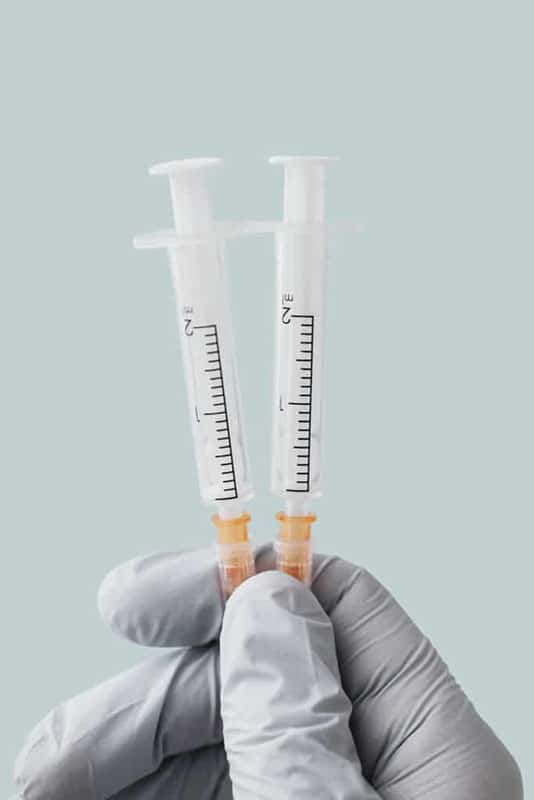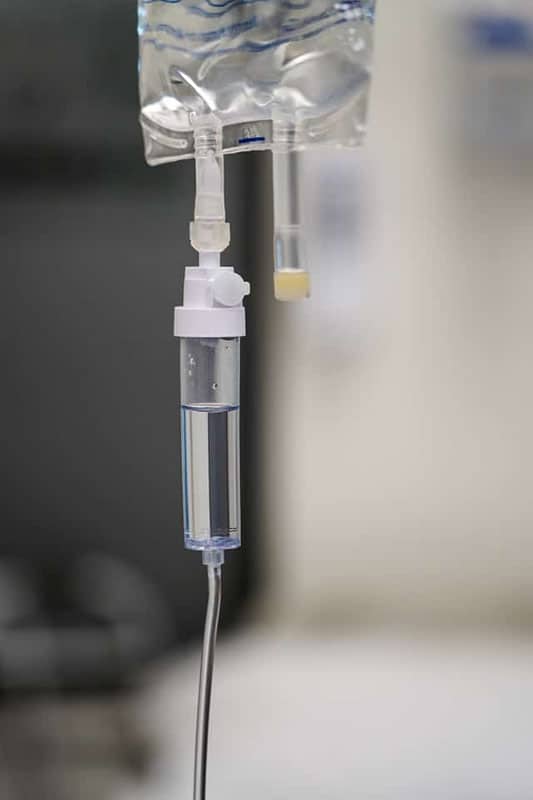Hand Hygiene: Shocking Statistics & How To Take Care of Your Hands
We’ve done the math on how many times nurses perform hand hygiene, plus some shocking facts and a few tips on how to take care of your hands as a nurse.
Our relentless research goes beyond shoes. Capsol allows us to talk all things nursing, from career advice and current news to self-care and mental health. These conversations with you, the community, and the world at large help us put our best foot forward when creating the best nursing shoes on the planet.
With staffing ratios out of control these days at many hospitals, we could use all the help to organize patient information; this is where report sheets come in. Nurses have used report sheets for years to help them with time management and coordinating busy patient schedules. But what are report sheets exactly, and how can they help maximize a nurse’s busy day? We’ve got the answers; let’s take a look!
Report sheets are a helpful, pre-printed layout that gives you all of the essential information about your patient in a quick and easy to read format. This process can be used when receiving patient reports, throughout the shift, and in closing end-of-shift statements. Report sheets can have multiple patients on one sheet, or you can dedicate a different sheet for each patient; it all depends on how much information you want to include. Let’s go over some of the helpful things you can include on your report sheet, and how you may lay yours out for quick and easy use throughout the day.
This section can have notes about any important orders or protocols the patient has initiated. You can also include the details about your phone calls to the physician here.
There are several ways to do this. One popular method many of us learn in school is the fishbone diagram (as shown right) for each category, which includes hematology, chemistry, etc. But don’t feel limited – you can structure this however you see fit!

I & O, or intake and output, is an important section; this is a section where you track everything that goes in and out whether it be orally, through an IV or coming out through a foley or bedside commode. This is especially important in the ICU and for patients with kidney considerations.
This section can be where you keep track of accuchecks for diabetics, whether they are on an insulin drip, sliding scale, or simply oral medications. You should always know when these checks are due and what the last one was.

5. General Notes
A general notes section can include anything that happens throughout shift, such as family considerations, notes to yourself, and whatever else you deem important and necessary. This section is going to be a catch-all area that can be useful on your report sheet.
This section should include quick notes on the patient, such as date of birth, code status, age, sex, etc.
Timely medication schedules are extremely important. This section can be where you note any medications that are to be given at exact times, such as insulin.
To ensure you don’t miss any changes, use this section to track cardiac rhythms.
Skin integrity is a big deal in preserving patient health. You can have a section that includes where the patient has any ulcers, and include what their current protocol is for it.
You will always want quick access to know what kind of IV locations you have on the patient in order to be prepared when starting new medications, or in case of emergency. Don’t forget to check the location, patency, and gauge of each site.

It might be helpful to know when your patient last had a bowel movement as it can tell you whether you need to give or ask for a laxative, if they might have an obstruction and whether you will need to be prepared for it. Utilize this section to track bowel movements for your patient.
Getting patient procedures and imaging can be a time-consuming task. But, you want to make sure images are front and center so you can plan the rest of your shift around them.
13. A Short PE Section
You can have a short section where you can jot down anything you see while doing your physical assessment; a PE section can be helpful in providing the most accurate care possible.
Looking for a quick way to get your own report sheet started? Here are some free sheets we like below!
What about you? Do you have a “go-to” organizational method? Spill the details!
Author
most recent
We’ve done the math on how many times nurses perform hand hygiene, plus some shocking facts and a few tips on how to take care of your hands as a nurse.
Celebrate Pediatric Nurses Week as we talk about what pediatric nurses do, ideas for showing appreciation, and a breakdown of how to become one. Don’t miss this!
Ever wonder, what is with nurses and coffee? I mean, why do nurses love coffee? So many of us depend on that rich, hot java to jumpstart a shift.
0 Comments